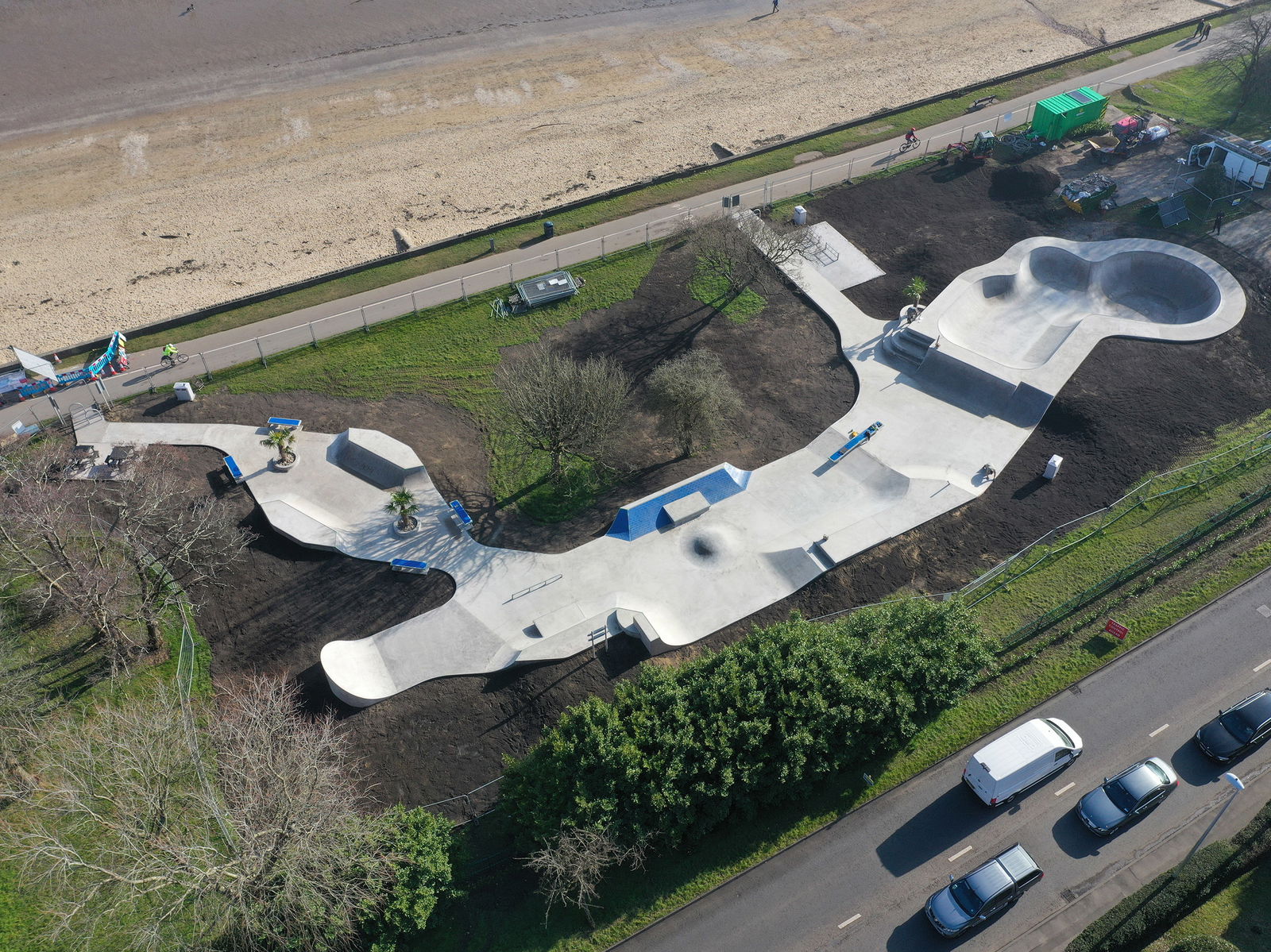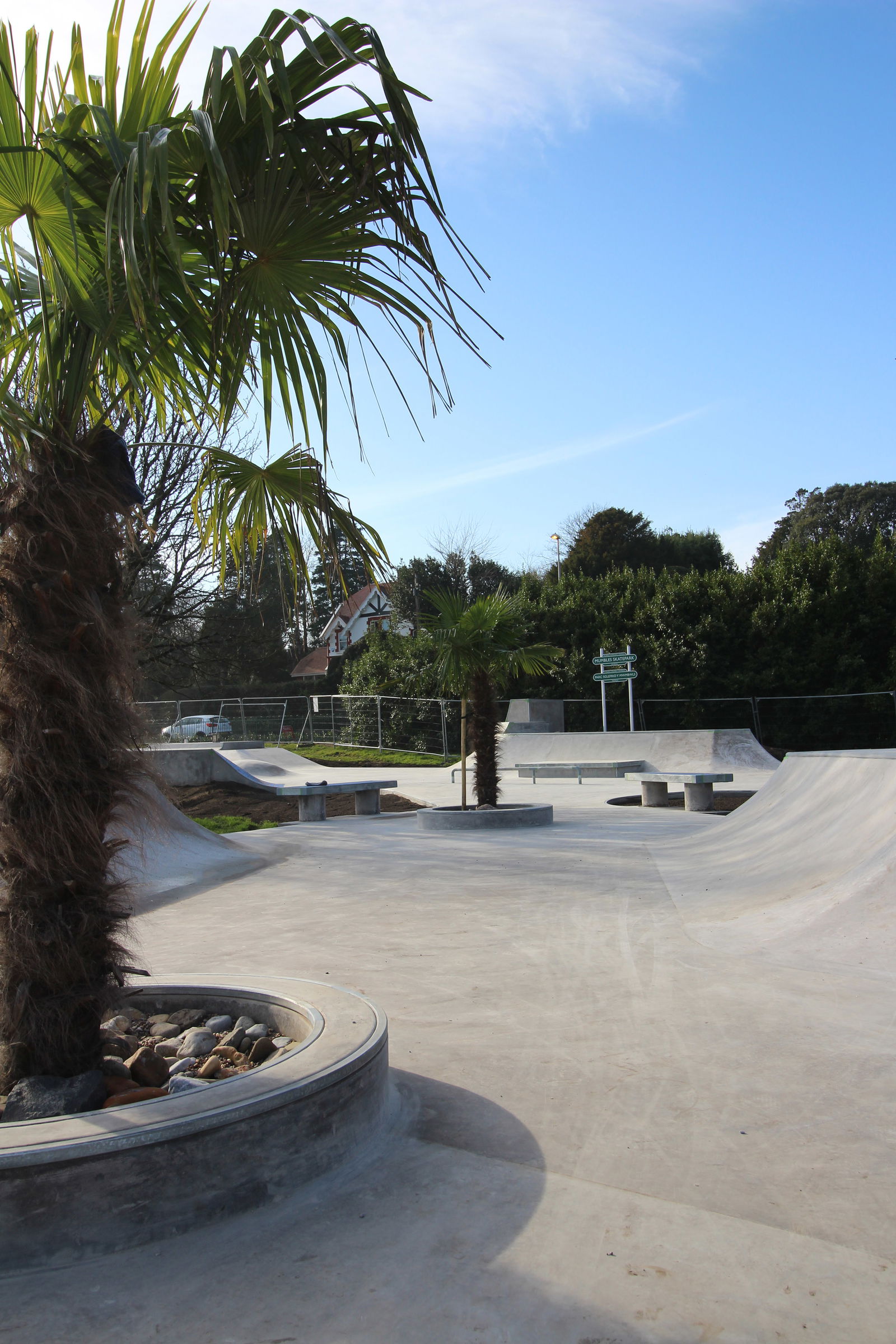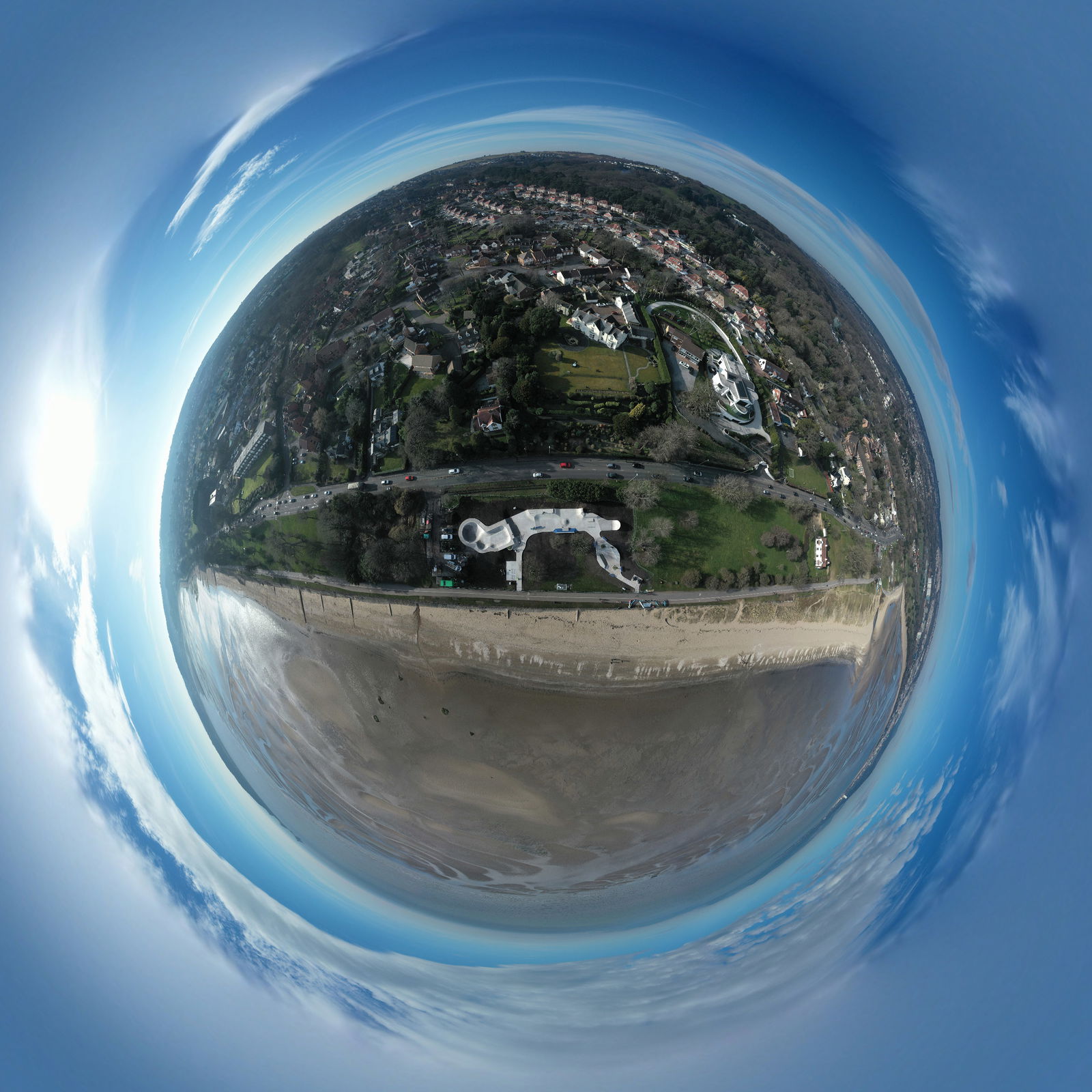Trucks and Fins is a huge present to the whole skate community - not just for the skating people, but also for shops, builders and schools. Super easy to use and can't believe how complete it is.
Pascal Lieleg aka Official Bowlshit
Mumbles skatepark in Swansea, Wales, was projected in 2018 with a 199.000-pound budget ($240.000/€224.000), but due to legal costs the final investment went up to double. Throughout this process a large and loudly community stepped up, putting in place many initiatives. But what called the attention of the mass media was the moment when a multimillionaire harassed some kids: the video went viral and helped the cause. We talked to Jason Williams, chairman of Mumbles Skatepark Association, who explained what went wrong, what people did to stand out and how hard was to go against those who have the money to stop, or at least postpone, a dream of so many. «The whole thing became a political hot potato and I’m glad to say we managed to use all this to the advantage of the project», he says. Built by Maverick Skateparks, it was opened last Friday, the 17th of February 2023.
It was all about getting a concrete park. Swansea’s got a rich surf and skate history, and a concrete park was long overdue. We get that not everyone wants a skatepark or feels an area need a skatepark, but there was a massive support for the park, and we had to co-ordinate to ensure the very vocal minority didn’t overshadow what a skatepark brings to a community.

Tomsk, Will and Jono were all involved from the beginning, advising the local council, but once initial planning permission for the project was granted, it was clear a more formal group/association was needed. Ironically, I didn’t attend the first meeting, but got voted in as chair and told afterwards!
We held some meeting etc, but really relied on social media to engage with the communities (skate, bmx etc). We also worked closely with the local council driving the project and lobbied the larger County Council as well.
“There was also an incident where the individuals had threatened some kids using the mini ramp on site, which was filmed and went viral. Following that, the amount of support for the project skyrocketed and it all went pretty viral.”

Yes, it got complicated when some local opposition with significant financial backing issued a judicial review in an attempt to stop the project, which really seemed to galvanise those in favour. There was also an incident where the individuals had threatened some kids using the mini ramp on site, which was filmed and went viral. Following that, the amount of support for the project sky rocketed and it all went pretty viral. Hitting local, national and international press and web sites. The whole thing became a political hot potato and I’m glad to say we managed to use all this to the advantage of the project.
Overall, pretty good. Throughout, we’ve focussed on the positives a skatepark brings and the importance of an open, visible, accessible site. Covid and lockdown really shone a light on the need for free, accessible facilities and the whole start of this came from school kids saying they wanted a skate park, so the parents were all in favour. With the issues mentioned above, that support just went off the scale (our online petition went from 4500 signatures to 24000 signatures in a week!).
So many moments: the ‘incident’ and being contacted by local and national press, including TV interviews with the BBC. Our story appearing in pretty much all the UK press. Being asked to participate in a debate on live national radio (cancelled at the last minute as no-one was prepared to participate from the group that issued the judicial review). A local brewery creating a delicious beer and soda called Damn the Man, to help fundraise. Finally getting everything signed off, the building of the park started.

None, really. We did have some well-wishers giving us informal advice, but we pretty much worked it out ourselves. The core of the Association are older, so experience from work, friends etc helped. When it came to the formal legal issues, the Council led and we fed in as much as we could, to ensure the right messaging was coming across. We did have to get involved in formal council stuff, but again, we just worked it out.
“Bonnie Tyler’s husband was one of the group who signed the judicial review”
Bonnie Tyler’s husband was one of the group who signed the judicial review.
They were all in the background really and thought they could throw money and big-time lawyers at it and get it shut down. We were lucky that the local councils really saw what the skatepark could provide and bought into the project. That meant they worked through the legal challenge, rather than rolling over. It helped that there was so much press about ‘the incident’ and a huge amount of focus and support on the project.
Yeah, that sucks. Not just legal costs but build costs increased, all because a bunch of millionaires tried to stop it. Luckily, we did get support from lottery funding and the Mumbles Community Council made up the difference.
“I’d recommend every project gets a panto villain to bring the community together!”

Absolutely, I’d recommend every project gets a panto villain to bring the community together! In all seriousness, I don’t know if we did the best job, or if we were just lucky. Also, each project has a different context and different challenges. In a nutshell, we tried to remain positive, repeat key messages about community (not just skate, bmx community) and the wider benefits of skateparks, tie in politicians and councillors wherever possible, and just kept pushing.
Loads of people have come up with ideas already, mainly as a big FU to those who were against it. Me, I don’t really care, I’m just over the moon it’s there. Let’s call it ‘one’, as we’re already talking to the local council about a possible 2 or 3 more parks.
Visit Mumbles skatepark Find out more about Maverick skateparks
Join the Trucks and Fins community and receive exclusive news, giveaways, access to subscribers-only
-contests, discounts from our partners and much more directly from us!

Trucks and Fins is a huge present to the whole skate community - not just for the skating people, but also for shops, builders and schools. Super easy to use and can't believe how complete it is.
Pascal Lieleg aka Official Bowlshit

Trucks and Fins is a great resource for checking on local spots if you are traveling or planning a road trip! A one stop resource that is constantly updated with the newest projects as well as those bucket list locations worldwide. The intuitive UI features gps coordinates as well as useful information about shops nearby.
Architect Betonlandschaften

Trucks and Fins provide a great service. Its quick and easy to use and has such a vast amount of parks included, not just in the UK but worldwide. CANVAS Spaces support the cause and fully back what they are doing.

Our skate community has been crying out for a comprehensive guide to global skate spots. Trucks and Fins should be commended on their dedication to mapping the world's STOKE!
Maverick Skateparks

Trucks and Fins brings all of the world's skateparks to you all in one convenient place through their endless search for parks around the world. They have park locations, details, images, and more to help plan your next skate quest wherever that may take you. We appreciate their dedication and passion for skateboarding and the amazing gifts that skateparks and skate spots are.
Steve Zanco, Skatepark Respect

A big part of skateboarding is about finding Animal Chin - your spirit animal, or in other words: whatever gets you stoked. Could be the right people to roll with, or that special dream terrain. Trucks and Fins has all the best skate destinations in one place; a map of stoke in your hands.
Jan Kliewer, Yamato Living Ramps